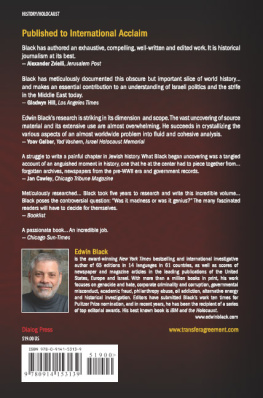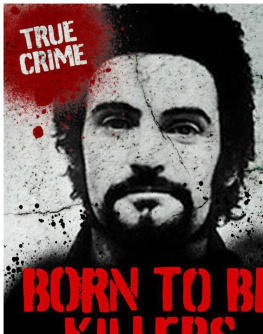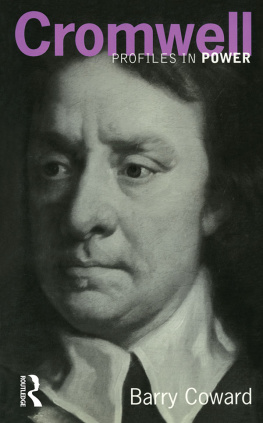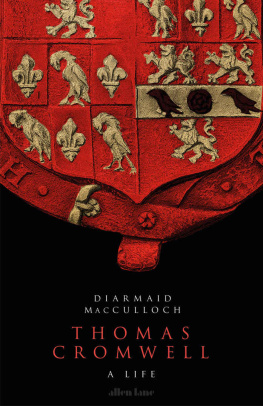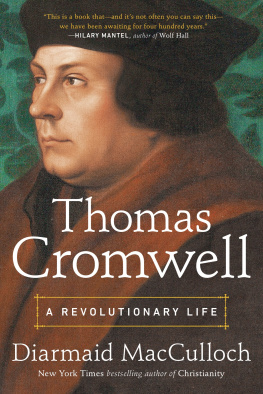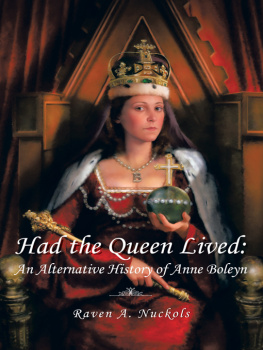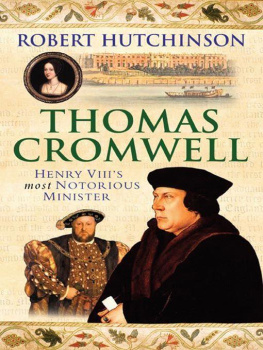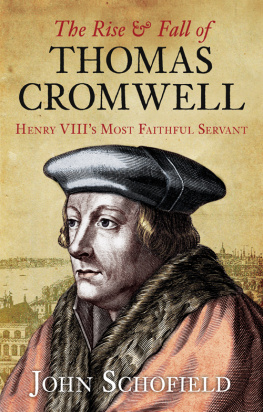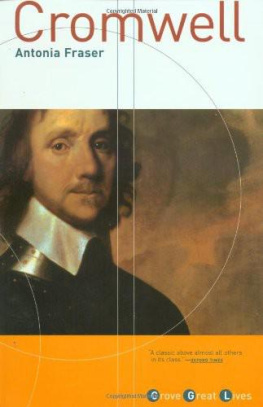1. The Power Behind the Throne
Thomas Cromwellwas a renowned English statesman and first Earl of Essex. He was the chiefminister to Henry VIII between 1532 and 1540.
The English Reformationwas in its infancy, and Cromwell would be one of its prominent and keysupporters. For England, the Reformation did not begin with clergy questioningthe tenets of the faith or religious practice. Instead, it began on the whim ofa King who was being influenced by his Parliament.
Cromwell playeda crucial role in bringing about the annulment of King Henry VIIIs marriage toCatherine of Aragon, so the king could wed his mistress, Anne Boleyn.Parliament officially announced the dissolution of the kings marriage in 1534.Thereafter, Cromwell went on to administer and organize the countrys Church.
Those personswho were inside the conservative faction in court did not favor Cromwells riseto power. Over time, they would become significant enemies, taking actionbehind Cromwells back. Later, after Cromwell arranged the ill-fated marriageof the king to Anne of Cleves, Cromwell would take his turn to fall out of thekings favor.
2. Early Life
Cromwellsorigins were plain and simple, far below the level of the noble class whoexpected to run the government. His father, Walter, labored in various trades,as a smithy, cloth merchant, fuller and owner of a hostelry and brewery.Katherine, his mother, was dwelling in an attorneys house sometime in 1474,when she was wed to Walter.
Cromwell wasborn sometime around 1485 in Putney. Growing up a commoner, Cromwell witnessedhis fathers various trades, as well as his perpetual drunkenness and illegalhobbies.
Cromwell wouldhave a sister named after their mother, Katherine. She married a Welsh attorneynamed Morgan Williams. Their son, Richard, ended up working with his uncleCromwell, later taking on the Cromwell surname as his own. Oliver Cromwell, theLord Protector, would be his great-grandson.
Not much isknown about Cromwells childhood days, aside from where he was born. As a youngman, he journeyed in the Low Countries, establishing an effective network ofcontacts from among the major mercantile establishments. He also learnednumerous languages. He ventured out into the world to nurture his curiosity andpractical nature, traveling throughout Europe. He labored as a hired soldier,then as an attorney in London, a banker in Italy and a clerk in theNetherlands.
In Italy, it ison record that he was a patient in the English Hospital in Rome, in June of1514. Vatican Archive documents show that Cardinal Christopher Bainbridgeemployed Cromwell as one of his agents. Cromwell managed English clerical andspiritual issues before the Roman Rota.
Eventually, hewould return to England and marry Elizabeth Wyckes. They would end up withthree children, their son, Gregory, and Anne and Grace, their two daughters.Unfortunately, the daughters did not reach adulthood. Later, Cromwell twicedirected a delegation to Rome to receive a Papal Bull from the hands of PopeLeo X.
Cromwell wasresolutely founded inside Londons legal and mercantile circles by 1520. Thoughthe faction is not known, Cromwell gained a House of Commons seat in 1523.
3. Cromwells Service to CardinalWolsey
Only a yearlater, Cromwell found himself in the service of Cardinal Thomas Wolsey, KingHenry VIIIs chief minister. Cromwells government career began in earnest whenhe was made secretary to Cardinal Wolsey. He sought to cultivate the seniormans respect, thereby becoming his most trusted companion and main secretary.He was energetic, goal-oriented and ambitious. He was able to ingratiatehimself to Wolsey.
His greatestaccomplishment at that time was helping Wolsey to shut down almost twenty-ninemonastic houses. This freed their assets so that Wolsey could successfullyestablish the Cardinal College in Oxford and the Kings School at Ipswich. Forhis effective service, Cromwell received a council position from Wolsey in1526. Three years later, Cromwell had risen to become Wolseys most valued,reliable and senior adviser.
Later, Wolseyfell from favor and power, in one of the kings mercurial changes of mind.Cromwell had managed to cultivate many personal enemies during his closure ofthe monasteries for Wolsey. Despite this, he worked to ensure that he would notbe pulled down along with his mentor. After Wolsey fell, Cromwell rose quicklyonce more, becoming the burgess for Taunton and maintaining a firm hold ongovernment.
Cromwell managedto distance himself from Wolseys disgrace. He left the shadow of Wolseysdecline behind him and secured a seat in Parliament in November 1529, whilemanaging to catch the keen eye of the king. Cromwells climactic rise to powerparalleled Henry VIIIs urgent need for a minister with phenomenal leadershipabilities. The king needed someone who was immune to the arguments of hispersonal council, and determined to uphold the machinery of the state.
Cromwellenlisted in the royal service in 1530, and quickly climbed from there. It didnot take long for Cromwell to draw the disapproval of Wolseys old enemies,including some powerful nobles. These nobles had worked closely with Wolsey,and when the Cardinal fell, some felt it was the opportunity for one of them totake his place. Instead, they were forced to watch a commoner, Cromwell, passthem all in his rise to power.
The King hadalso treated Wolsey well, piling honor on honor with unmitigated generosity. Heeven went so far as to send a recommendation to the pope for Wolseysadvancement within the Church. Eventually though, the King felt betrayed byWolsey. The cardinal had grown arrogant in his pride and accumulated grossamounts of wealth. Over time, he turned treasonous. In a similar vein ofgenerosity from the king, Cromwell was made an earl, though he would not livelong enough to enjoy it.
In many ways,Wolsey and Cromwell were quite similar. The old noble families hated them both,envious of the way they could influence the king. They were both within thesphere of the kings favor for a long time. They were both knowledgeable ininternational affairs and issues, and they both worked hard to alter andimprove the medieval organization of the Tudor government. Later, both of theirstars flashed and burned out because of the kings wavering moods. The realitywas that, when push came to shove, the king remained fixed firmly on the sideof the nobles.
But for alltheir similarities, Wolsey and Cromwell were also very much opposites in oneimportant way. Cromwell played a key role in Englands reformation, whileWolsey continued to serve two authorities, the king and the Pope, leading tohis eventual downfall.
4. Henry VIII and Anne Boleyn
Henry VIIIbecame King of England when he was 17 in 1509. By June 1509, he marriedCatherine of Aragon, his brothers (Arthur) widow prior to the coronation. Hewas not like his father, who had been conservative and secretive. The juvenileHenry looked to be the embodiment of sociability and chivalry. He pursued thecompanionship of young gentlemen like himself. He was a faithful Catholic. Heattended Mass up to five times a day, with the exception of when he washunting.


